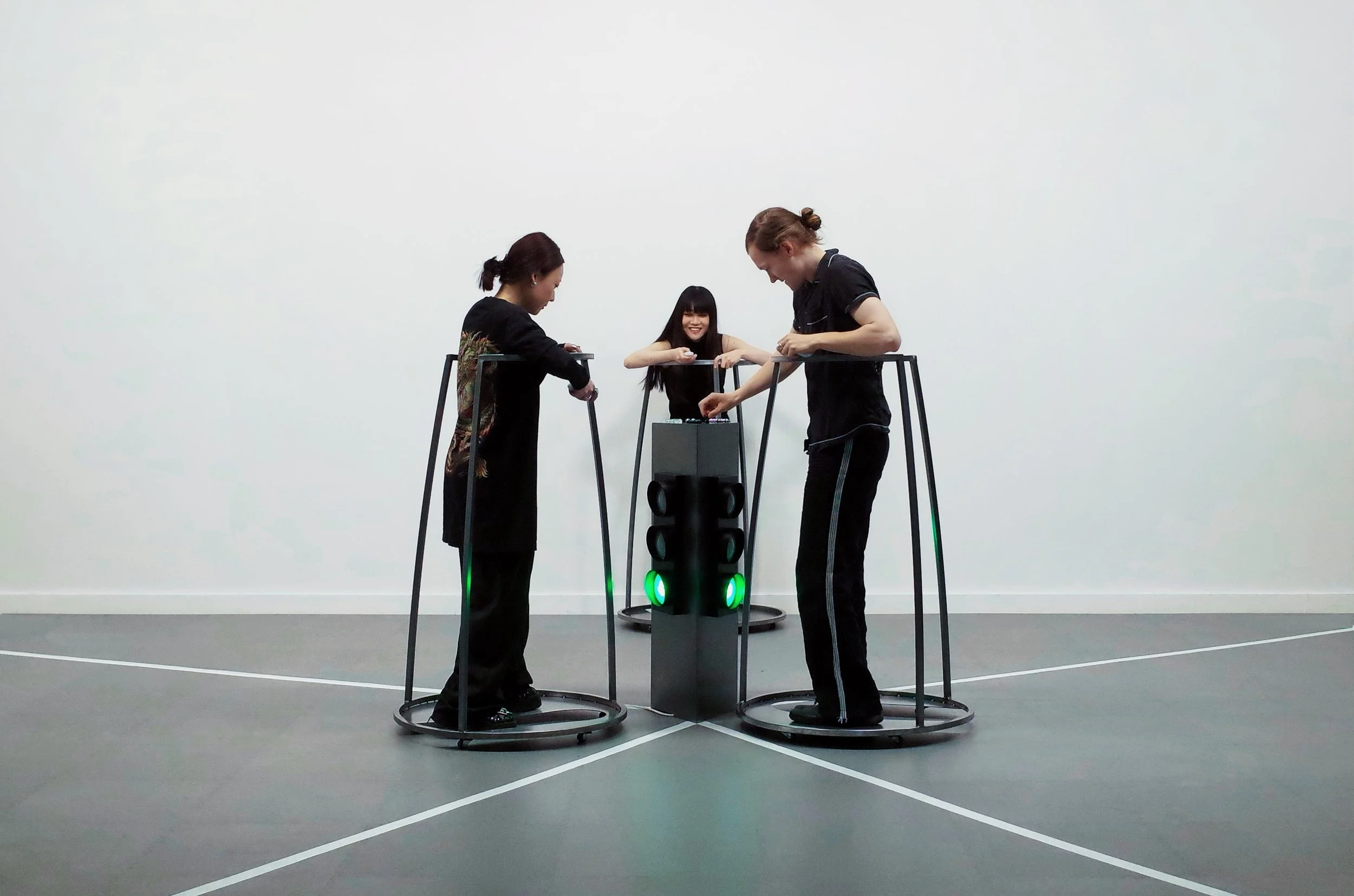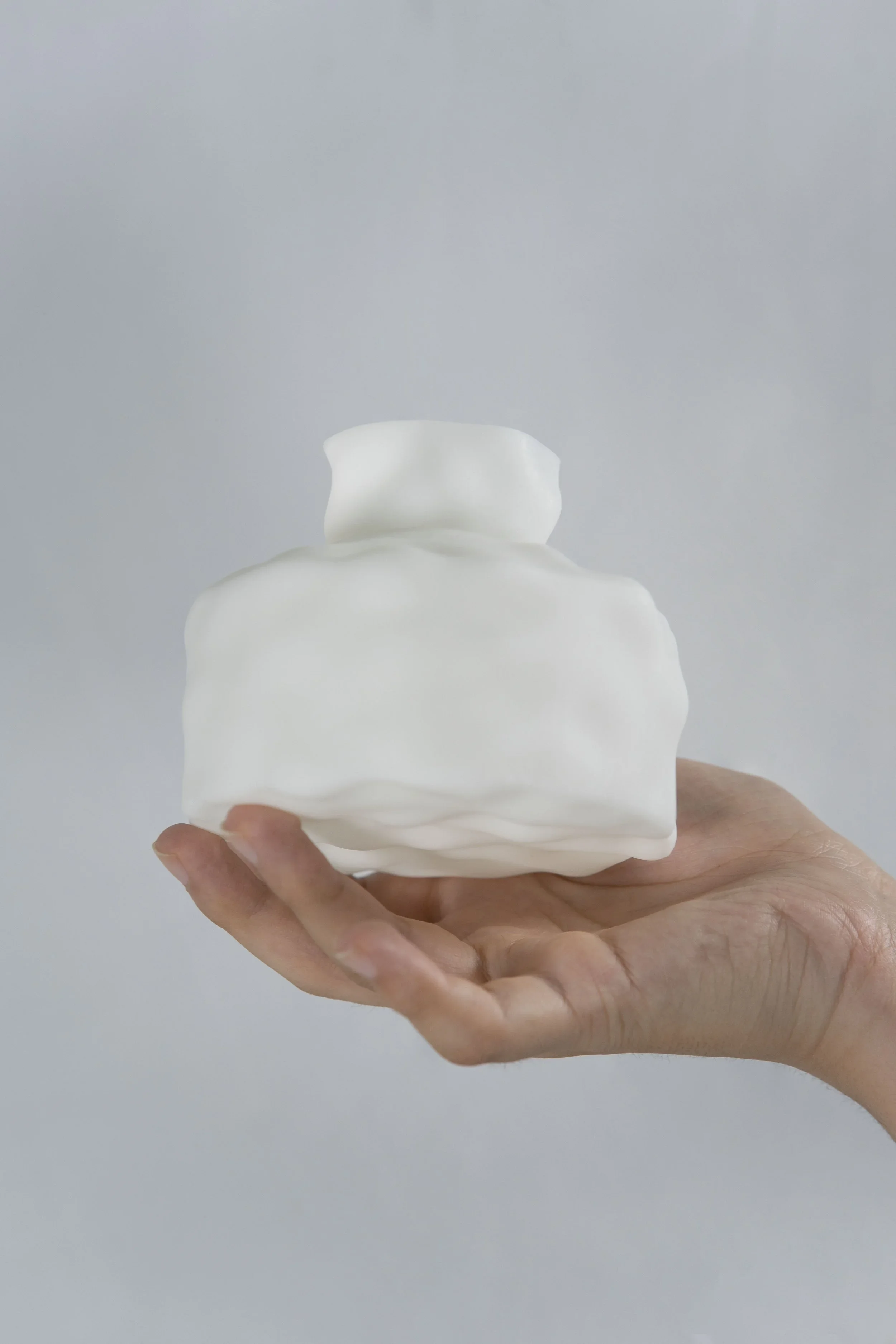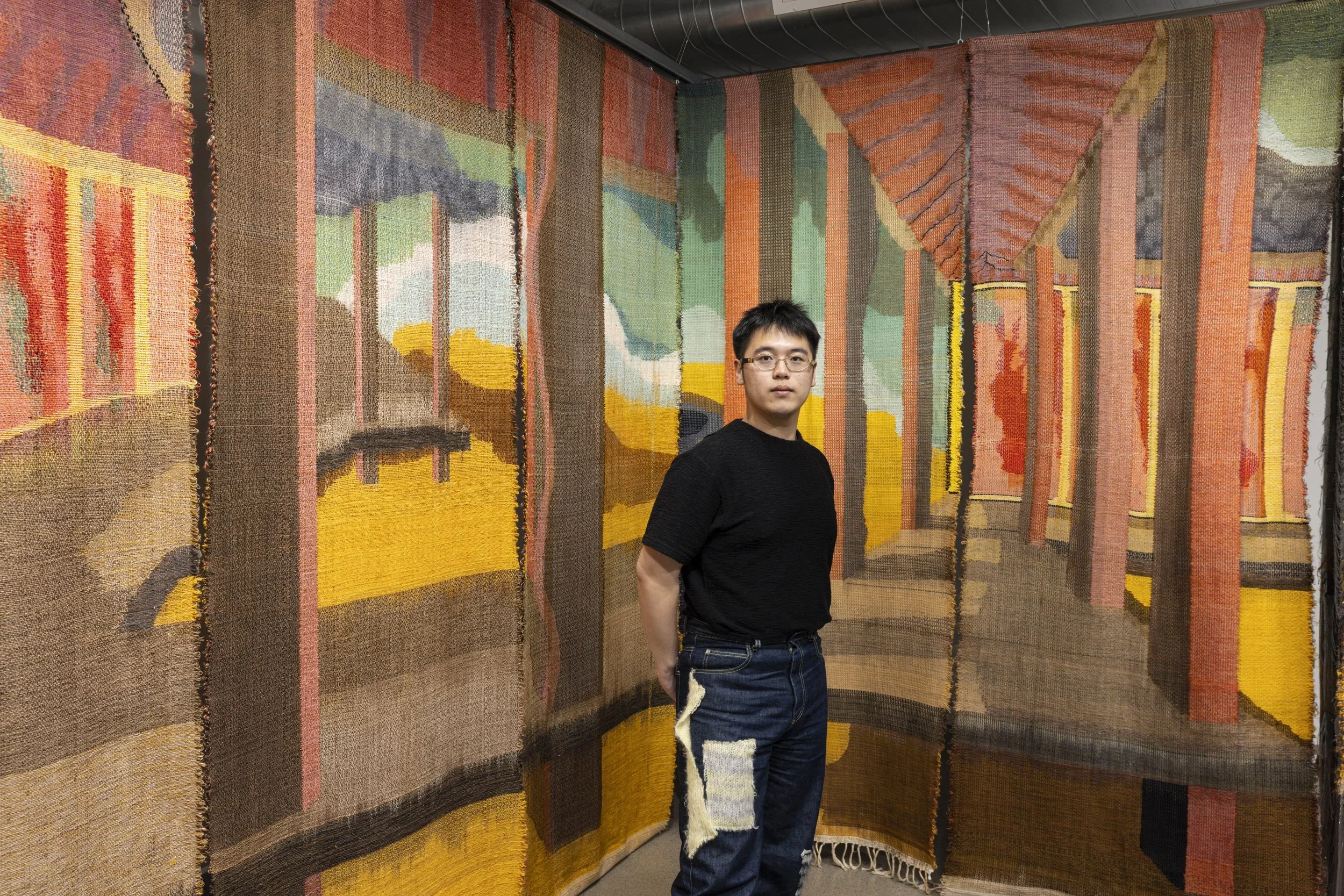10 Questions with Seph Li
Born in Beijing in 1988, Seph Li has a mixed background in technology and design, and his keen interest in interactive artworks led him into the field of media arts. Seph has studied Computer Science and Entertainment Design at Tsinghua University and continued his M.F.A. study in Design | Media Arts at UCLA.
After obtaining his master's degrees, he traveled and worked in Tokyo, Barcelona, and Amsterdam before moving to London, UK. His installation and interactive works have also been exhibited in major media art festivals in Japan, the U.S., Brazil, Norway, and China. While spending his time in Tokyo, Seph has been working with world-renowned artist collective teamLab; he has also received commission works from global brands such as OnePlus, Nissan, Google, etc.
Most recently, he was commissioned by the Chinese National Astronomy for an interactive, immersive projection mapping artwork that serves as the central attraction in the group shows Cosmological Elements in Shanghai.
Seph Li - Portrait
ARTIST STATEMENT
Seph’s interactive works vary in many different forms, but they are all self-contained systems that run on computational rules. Seph believes as an artist, he defines rules for the system so that the system can share his artistic concept yet perform like the bridge that connects him and the audiences - he creates the system, and the system reacts to visitors - thus, his interactive works are like his clones in code form.
Seph searches for dynamic equilibriums in nature and re-imagines them into interactive systems through digital technology. His fused aesthetic between digital property and Chinese ink fluids creates poetic visuals that make his artworks stand out among other digital pieces.
His works are now focusing on dynamic fluids, accumulative interaction, and physics hypotheses. Direct and simple interactions serve as entry points for Seph’s works, and these metaphysical concepts transcend the medium.
INTERVIEW
Let’s start with your background. You studied both Computer Science and Design. How did those disciplines help you become the artist you are today?
I make interactive works with code, and other than pure artistic expressions, carefully designed experience flow is also one of the keys for me to communicate with the audiences via my works. So both my undergrad majors have provided me with precious experiences and skills that enable me to do the works I enjoy. It wasn’t really planned, but I think I’m quite lucky that I obtained all the necessary skills in school that didn’t block me from doing my works.
How did you first get interested in art, and what inspired you to pursue a career in this field?
I was actually trained in painting as a kid and received a city-level art award when I was 11. It was a very childish impulse to create stuff that led me to paintings. I chose my undergrad majors because I wanted to make video games. They were so different from all other mediums at the time - and I did make quite a few game prototypes in school. I think it was 2008 there was a major media art exhibit in Beijing, and it completely opened my eyes. It was then I realised that interactivity interests me more than playfulness in video games. And that was when I decided to study media arts in grad school.
What do you wish you knew about Contemporary Art before you got started?
It’s a very chaotic field, but I like everyone is making something different which is cool. Maybe if someone handed me a book titled “the hitchhiker’s guide to contemporary art,” it would be better
And how would you define yourself as an artist today?
I’m a media artist primarily interested in interactive works.
You have traveled and worked in several places, such as China, Japan, the US, the UK, Barcelona, Amsterdam, and London. What did you learn from all these experiences? And how did they shape or influence your practice?
I didn’t really think a lot about this until I realised I was constantly relocating between counties. All those cities were kinda where I would like to experience while I was a teenager, and I’m quite glad that I managed to live in all of those places. I think it is about collisions. I already had a stable view and goals when I started this journey, so it didn’t really shape me as a person, but the collisions between my habit and the local cultures do intrigue a lot of thinking and concepts, especially when I can make a connection back to Chinese philosophies.
Phase, installation, 3x3 m, 2022 @ Seph Li
Phase, installation, 3x3 m, 2022 @ Seph Li
You use technology and design to create systems that can perform “like the bridge that connects the artist and the audiences”, as you mention in your statement. How important is communicating with the public for your art and your work in general? And what messages do you want to communicate through your systems?
It’s the most important element. I think the key to interactive works is that communication is no longer one way - the public can also take part in the creation process, and it is through the interaction itself, the atmosphere and concepts of the artwork are conveyed. When I design the rules for the artworks systems, it always contains part of my personality, like how I would interact with the audiences myself, so my works are actually my clones. It brings another me in front of the public and tests my feelings out. The messages can vary a lot, but in general, they are trying to find the balance. How much space I gave the public to influence the piece, and how much control I want to preserve, it is a challenge for me to test and implement all these details, and it is also a challenge for the public to explore the piece and find out all the details. Instead of a clear message, I think the atmosphere audiences formed themselves through the interaction process is more important.
What are the sources of inspiration for your work? From where do you derive your imagery?
A lot, actually; they all come from different things. Some of my works stem from natural simulations - like flock behavior of fishes, ink flow, etc; some comes from physics hypothesis - like a counter universe that erases time or regenerates universe structure from simple mathematical rules; sometimes, I also try to convert a type of feeling from novels into installations. For me, the visual and the form of the work actually come second; they are more like supportive roles that help the concept and interaction make sense. And I generally love systems/matters that are always continuous with no sudden changes, although maybe chaotic, but a new state is always linked tightly to the previous state so that it provides a natural interface for interaction to take place, and visuals are generated in this process too.
New technologies are essential for your work. How do you keep up to date with the latest trends and innovations?
Technology is indeed very essential for my work, but I don’t think ‘new technology’ matters that much. In fact, I tend not to use bleeding-edge technology in my artworks just so audiences won’t put their focus on the technology but actually think about the piece itself. I usually utilise the chance with commercial commissions to understand any new technologies that might be interesting, whether or not these new techs will be used in my piece depends on whether I feel they can be integrated into my pieces in an invisible way. I think not only the public but some critiques also get hyped too much on art that uses new technologies, and I personally think it’s nothing more than a painter making their own brush to paint in the specific style they have in mind - if the techs I mastered can deliver my visions already I don’t need those bleeding-edge fancy magics.
And is there any new technology or device you would like to experiment with or incorporate into your practice?
Some of the 3d printable soft resin looks really interesting. I made some mechanical flower prototypes years ago using hard acrylic as the bones, but it will be much more interesting if these new soft materials can be utilised as petals to give a more natural touch.
And finally, what are you working on now, and what are your plans for the future? Do you have any new work or collaboration you are looking forward to?
I’ve been working on an experimental app that reimagines AR as a medium from the foundations for some time now. Instead of overlaying digital contents to the camera feed, it uses AI to analyse and isolate daily objects to the digital world and reimagines its context - for example, your plate becomes a ferris wheel, an apple becomes a hot air balloon, etc. I’ve made quite a few AR works, but I’m not really impressed with either the form or the implementation - which happens a lot when the tech comes first, and then artists make content under the technical restrictions, so I’m hoping this new work can be an experimental approach to encourage more artists to research and build things from the ground up. Other than this one, I’m also doing some research on accumulative interactions - i.e., in a piece all audiences’ interactions are recorded and change the state of the piece in a permanent way, that the interactions build up as the history of the piece.


















